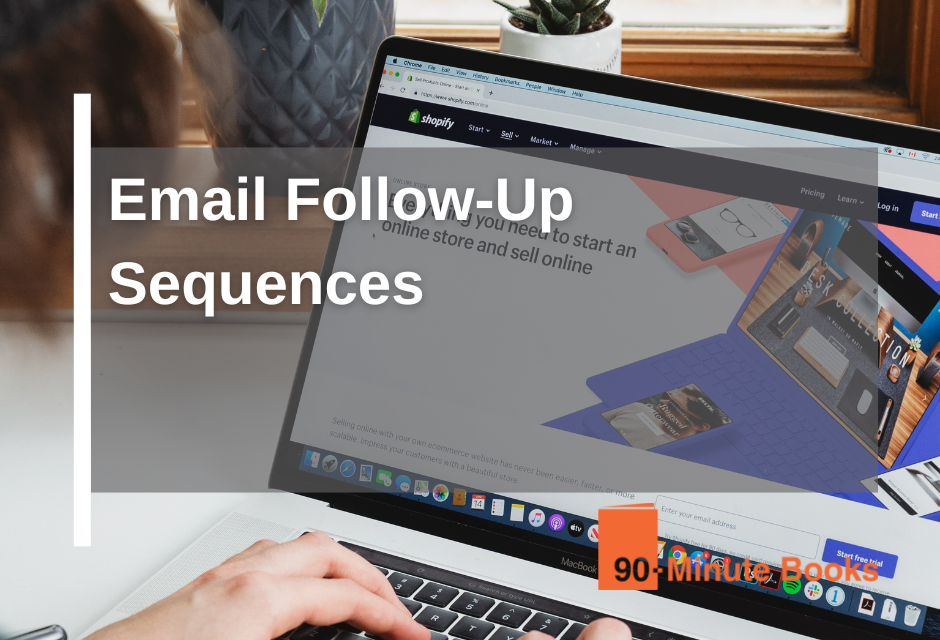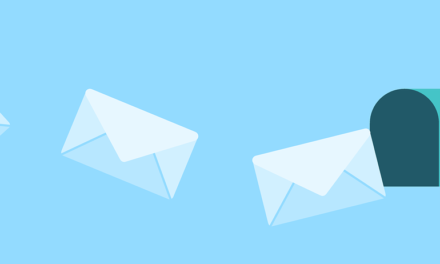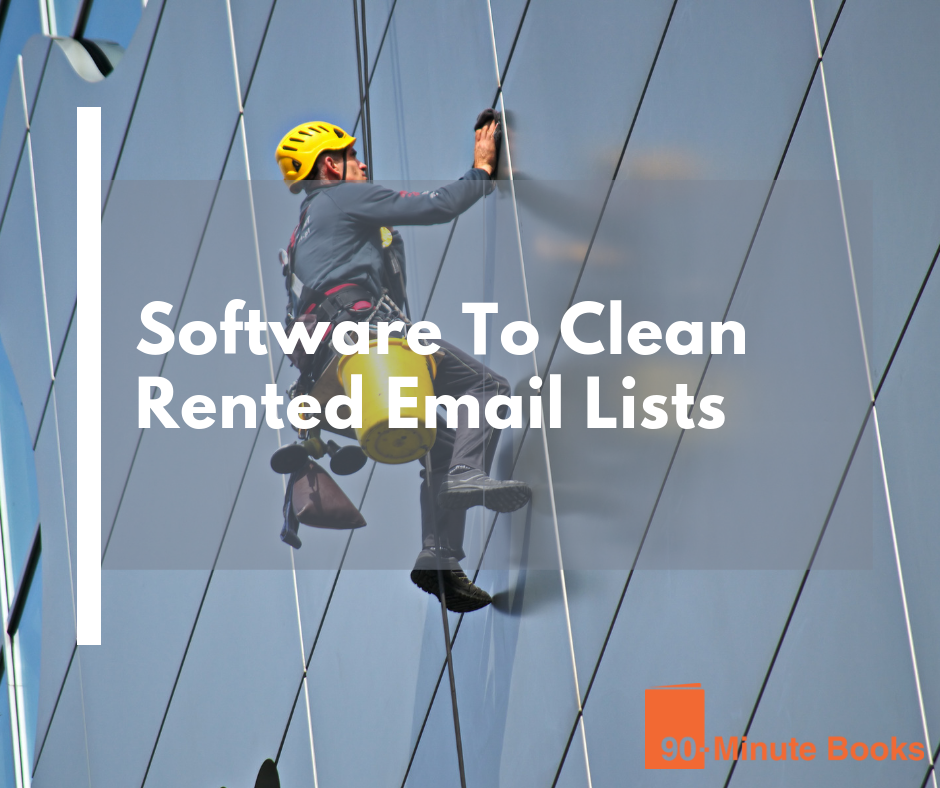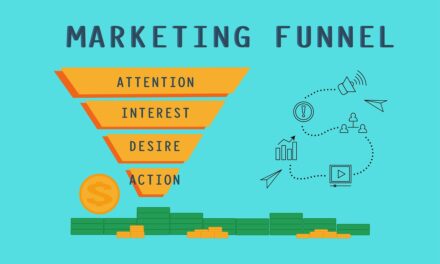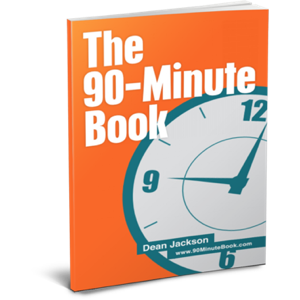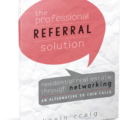We have often talked about the biggest benefit of this book model, which is the identification of invisible leads. In lead generation, you need to accept that only a fraction of people will be ready to start today.
But this shouldn’t stop you from identifying people early in their journey, starting a conversation, and educating and motivating them to do business with you when they are ready.
This can be done by using email sequences. In this post, we will look at the 5 emails you should set up in your initial autoresponder and the ‘flagship broadcast’, which you should then drop people into.
For access to the podcast this blog post stems from, click here.
E-mail follow up
In E-mail follow-up, most of the time, we are talking about the digital delivery of a book. You are guaranteed to capture individuals’ names and email addresses, allowing you to converse with them afterward.
The 5-step sequence
1. Greeting Email
The first email in the sequence is extremely simple in nature. It is the first email you send when the book is requested from your site. The template will usually go as such.:
“Hi, First Name; here’s a copy of the book title that you requested”
This is all the email needs to say because, at this moment, you are not trying to get them to do anything. Resist the urge to say something like ‘’I hope you enjoy it.’’ that’s not a positive thing to say. It leaves room for the possibility that they may not like it.
2. Sifting and sorting Email
The second e-mail is what we traditionally refer to as a sifting and sorting e-mail. The easiest way to explain this is by using the real estate model
.When people first request a copy of The Guide to Lakefront Homes in Winterhaven, they’ll request it. We’ll say, “Hey, (insert name), here’s a copy of the guide you requested,” and that’s it.
The sifting and sorting e-mail follows up, still conversational: “Hey, Betsy, are you looking for a home to invest in?” Or, sorry, tripping over my words. “Hey, Betsy, are you looking for a house to invest in or a home to buy?” And the reason I tripped over my words there is because the language around that is important, as well.
So, that sifting and sorting question allow the realtor to send out that guide to put this person in either the investor or buyer category. Because, then, the follow-up e-mails after that are likely to be quite different. You will categorize, tag, and label these two people in different pots.
The language around the house and home means that it’s the language that you then follow up with people. Afterward, it will be different because it will either be a head decision around financials or a heart decision around building a home.
We didn’t lead the following day with one of the weakest questions, “Hey, Betsy, did you have time to read the book there?” Or, “Hey, Betsy, I hope you enjoyed the book.” All those things aren’t relevant.
They need to move the conversation forwards particularly well, and it takes work for someone to reply. Because even if they did reply to that, it is a yes or no answer which only gives us a little room to continue organically.
3. Informational Email
The third email you send in the sequence will be informational. It will amplify the current conversation or highlight a certain point in the book.
So, the amplified and elaborate-type point would be, “Hey, Betsy, I just wanted to quickly follow up with some additional information. we get a lot of questions in the book about how to build an (insert scenario) …”
The objective of this email is to increase interest and get the conversation to continue.
4. The Spear Email
This email is short and personal and intended to get a reply from your customer.
It is really just directly asking them a question related to the whole subject, but not necessarily, specifically, referring to the book. So, for ours, we’ve got spear e-mails that say, “Have you listened to the Titles Workshop yet?” It’s short, it’s personal, and it’s expecting a reply.
Because, in each of these e-mails, the thing that we’re trying to do is start a conversation. We’re trying not to just bombard people with seven e-mails because someone suggested that seven is the magic touch point, and by that point, people are ready to buy, and they’ll just click on a link. We’re trying to engage people in conversation and get that dialogue going.
5. The Offer Email
the last email in the sequence is where you insert your offer because you’ve had several conversation points with people. There have been opportunities for people to express an interest and take a step.
So, for ours, we’ve got a monthly sequence, “Are you ready to get started?” Sequence, and that again is short, personal, expecting a reply, like all of them. But, really, it’s, “Hey, Betsy, are you starting your book this month?” So, depending on your business, those words will change very slightly, but the overall premise is the same. It’s just keeping that short conversation going but directly making the offer.
To Sum It All Up
you need to find a balance in regards to spacing the emails well. you don’t want to send too many and end up spamming them, and at the same time, you don’t want to send too few and have them forget you. if done correctly, this sequence will boost engagement with your potential customers and push them farther along the sales funnel.

